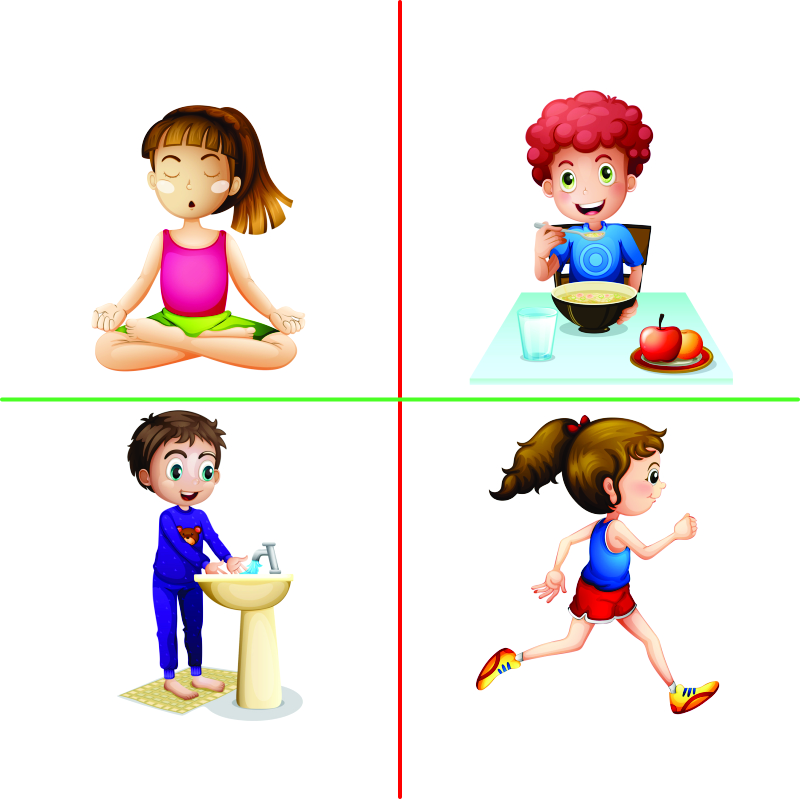Science is best learned through visuals. Instead of long sentences, use labelled diagrams, flowcharts, and arrows. When you draw to learn, you grasp the process better. This aligns with NEP’s focus on activity-based and experiential learning. Visual notes also make revision quicker and more meaningful.
Math is logical and sequential. Don’t just write answers—record each step. Add remarks like ‘used BODMAS’ or ‘shortcut method’ to recall strategies later. NEP encourages problem-solving and process understanding—your notes should show how you arrived at the answer.
Social Studies is about connections. Create timelines, cause-effect charts, and bullet-point summaries. Use colours to group related ideas. Instead of memorising dates blindly, understand the flow of events. NEP promotes critical thinking and real-world awareness, which your notes can support by showing interlinkages.
English Literature invites interpretation. Jot down key quotes, themes, and your reflections. Make a two-column note—one side for story points, the other for insights. NEP encourages creativity and self-expression, so let your notes reflect your personal connection with the text.
Languages need regular practice. Maintain a vocabulary section, note idioms, confusing words, and grammar rules. Use new words in your own sentences. NEP focuses on multilingualism and communication skills—notes should support usage, not just theory.
Smart Note-Taking Habits:
Use abbreviations and symbols. Highlight key terms. Leave space for later additions. Colour-code important sections. Review weekly. Create chapter-end summaries or mind maps. Keep your notebook organized and learner-friendly.









.jpg)









